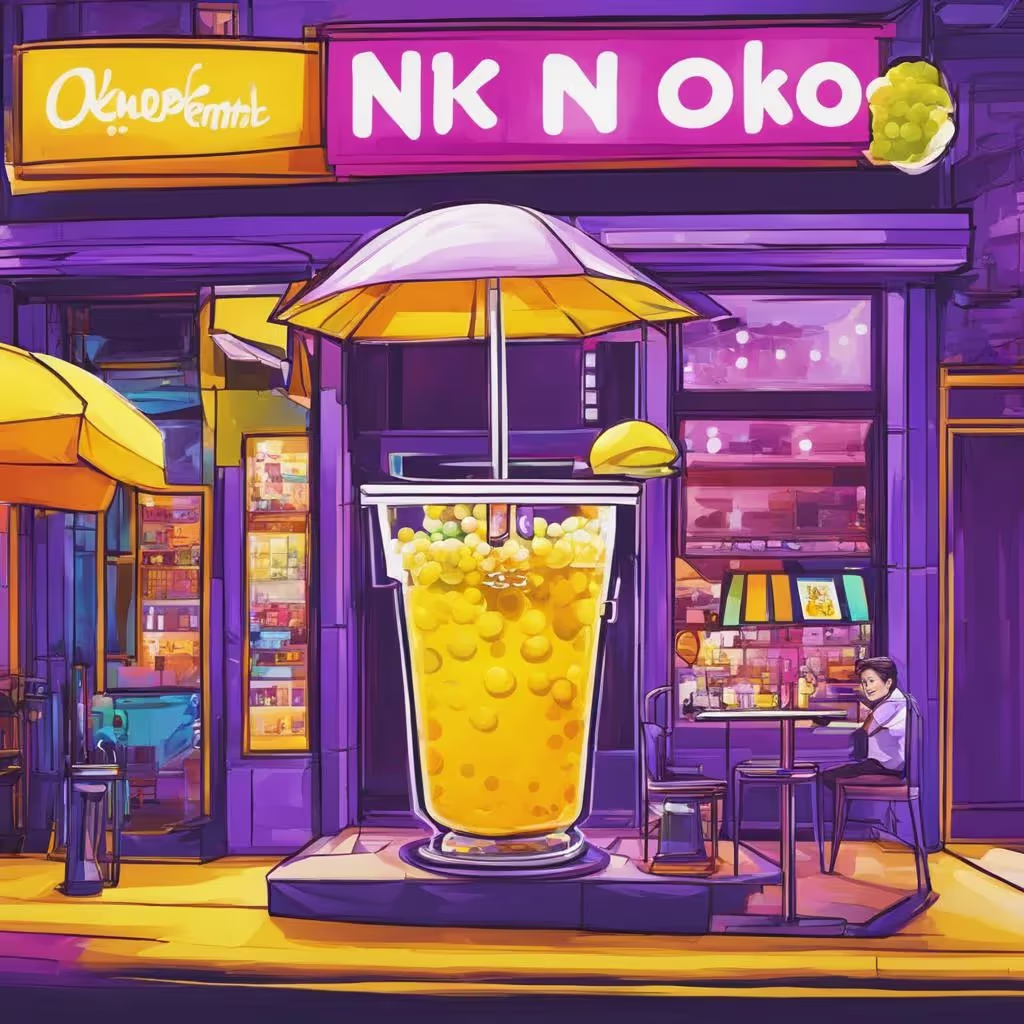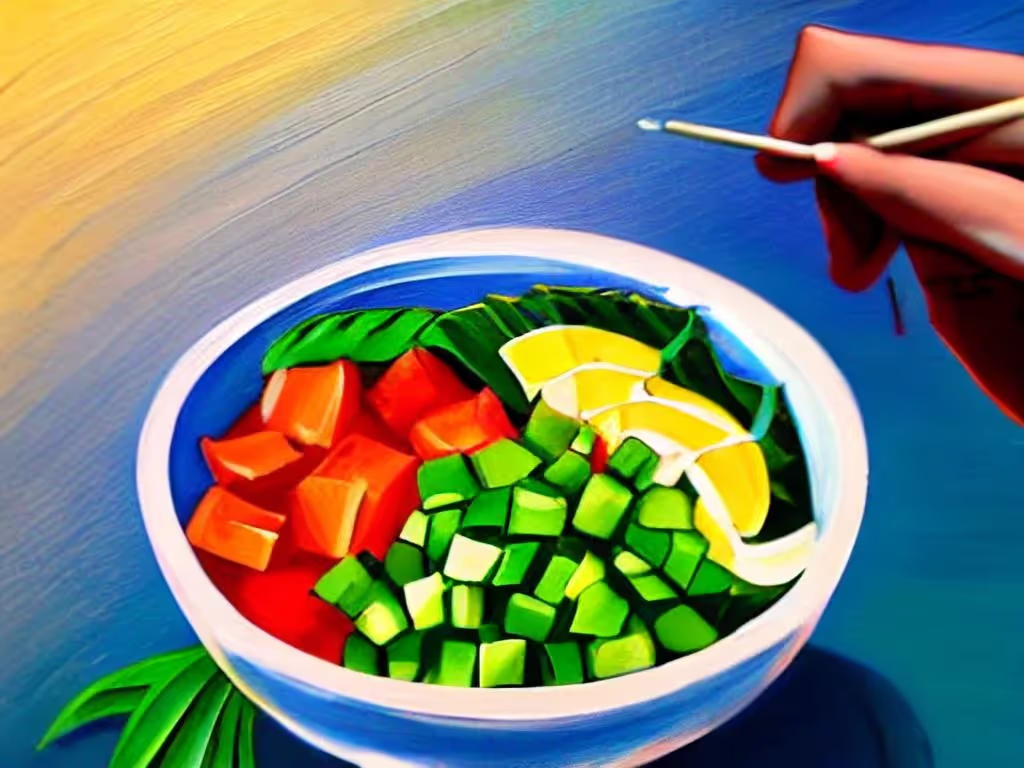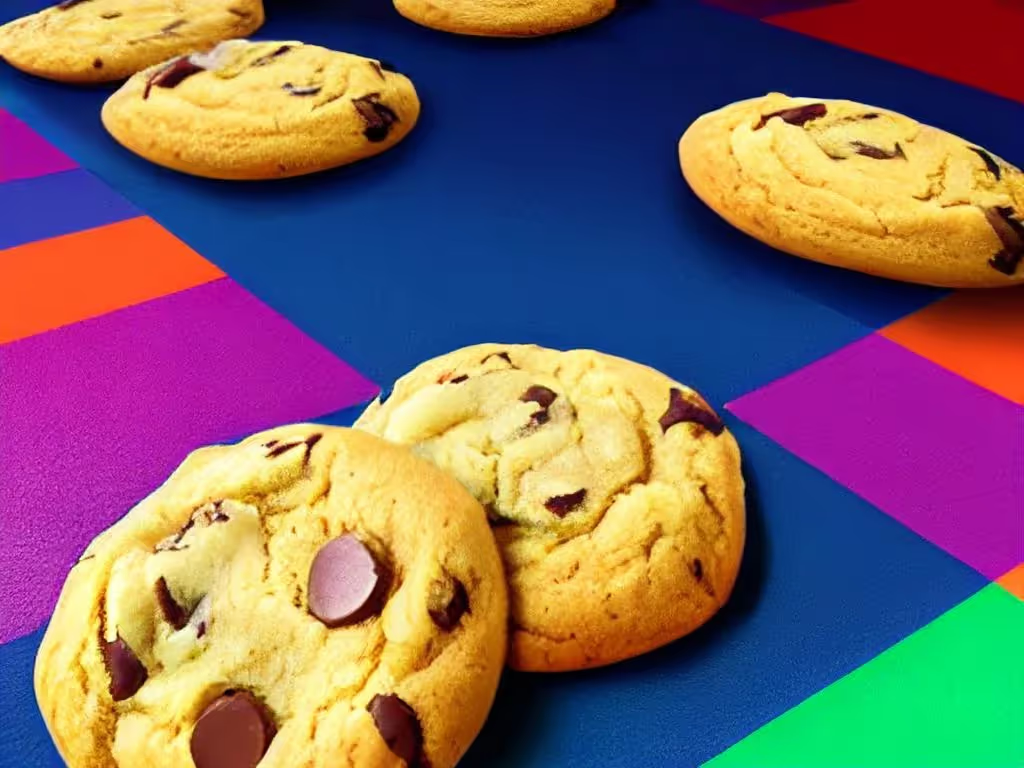TLDR
As a chef or even a cafe owner, you know that a memorable food presentation is essential to stand out in today's social media-driven world. With over 95 million posts tagged #foodporn and #foodphotography on Instagram, having dishes that are visually stunning and ready for customers to share online is key to driving traffic and buzz for your business. We have gathered insights from three award-winning chefs known for their artful plating techniques to get their tips for creating Instagram-worthy dishes that keep customers coming back for more. From carefully choosing your dishware to adding height with garnishes, the pros reveal how you can make every item on your menu a shareable work of art. Read on to learn their trade secrets and transform your plating approach. With the right presentation, your food will be irresistible.
The Importance of Food Presentation and Plating
For restauranteurs, it’s no secret that the visual presentation of dishes is just as crucial as the quality of ingredients and flavor. Studies show that customers eat with their eyes first, so an appealing presentation and Instagram-worthy plating can positively influence a diner's perception and experience.
Professional chefs recognize that artful plating requires balancing visual appeal with the harmony of flavors and textures. As Chef John Tesar says, "Plating, like cooking, is an artistic endeavor. I get inspiration from artists, interior designers, and architects." Using ingredients with contrasting colors, shapes, and heights creates an inviting landscape on the plate. Following principles like the rule of thirds helps achieve an esthetically balanced composition.
However, superficial esthetics should never compromise the quality and taste of the dish. According to culinary experts, plating should enhance the diner's enjoyment and perception of the flavors. Chefs meticulously consider how ingredients pair together and use garnishes that complement the overall taste. A drizzle of sauce, sprinkle of microgreens, or quenelle of sorbet can provide pops of flavor, texture, and color without masking the hero ingredients.
For restaurant owners, artful yet purposeful plating is a worthwhile investment. With social media playing an increasingly significant role in marketing and customer engagement, a striking presentation can help raise brand visibility and drive customer traffic. When done skillfully by focusing on enhancing flavors and quality, an Instagram-worthy dish becomes a win-win that delights both diners and social followers. Overall, thoughtful food presentation and plating is a recipe for success.
Expert Tips From Chefs on Creating Visually Stunning Dishes
In the culinary world, chefs recognize that a dish is not merely about taste – it's an art that engages all the senses, including sight. For restaurant and cafe owners aiming to take their food presentation to the next level, here are valuable insights from renowned chefs:
The Art of Balance
According to Chef John Tesar, a four-time James Beard nominee, plating is an art form that requires balancing visual appeal with flavor. He recommends choosing plates that complement a dish's key ingredients and paying attention to details like garnish placement. Using contrasting colors and textures, and adding height with ingredients like microgreens can make a dish pop. However, over-the-top garnishes should never detract from the quality and taste of the food.
Perception Influences Taste
Renowned chef Heston Blumenthal believes perception influences taste. His innovative dishes demonstrate how visual presentation and flavor work together. Blumenthal plates food to look deconstructed, with sauces smeared and ingredients scattered, forcing diners to interact with each element. This unconventional style highlights the diversity of flavors and textures in each bite.
Minimalism and Elegance
Chef Daniel Humm, who helms Eleven Madison Park in New York City, is known for crafting artistic dishes with a minimalist style. His creations are meant to evoke emotion and a sense of place. Humm focuses on using the finest, freshest local ingredients and finds beauty in their natural simplicity. A few perfectly placed garnishes and a clean plate allow the quality and origin of each component to shine through.
By following the lead of industry experts, restaurateurs can create Instagram-worthy dishes that keep customers coming back for both the food and the experience. Mastering the art of plating and understanding how presentation impacts perception are keys to success. Most importantly, never lose sight of flavor and quality - they must always come first.
Balancing Flavors - Use Contrast and Harmony
Creating dishes that dazzle on Instagram while delighting the senses is all about mastering the art of flavor balance. But, let's make it simple: chefs create this magic by playing with contrasting and harmonious flavors.
Contrast is like a flavorful tug-of-war. It's about blending ingredients with opposing qualities. Think about pairing sweet and savory or spicy and cooling. For instance, a zesty cucumber salad complements a fiery curry. It's a culinary yin and yang.
Harmony, on the other hand, is all about finding the common ground. It's bringing together similar or complementary flavors. Imagine the citrusy zing of orange with the fresh burst of mint. They harmonize like a well-tuned symphony.
Layers of Flavor
A dish with well-balanced flavors will have layers of taste that unfold with each bite. Chefs often start with a single, high-quality ingredient and build the dish around it. They consider how flavors, textures, and aromas will interact and either contrast or harmonize. Some chefs find inspiration from global cuisines, where contrasting flavors, such as sweet and sour, are frequently combined.
The Fantastic Five
Here's a pro tip for your own dishes: Make pals with the five basic tastes - sweet, sour, salty, bitter, and umami (that's the savory one). For instance, a squeeze of fresh lemon or lime juice can tame a rich dish, while a dash of sea salt can enhance its natural sweetness. Bitter greens, like arugula, play nicely with fatty friends like nuts or cheese. And umami-rich ingredients, such as mushrooms, tomatoes, and Parmesan cheese, create a solid foundation for flavor.
Practice Makes Perfect
With practice, balancing flavors will become second nature. Start by choosing a focal ingredient, then select accompaniments that either contrast or harmonize. Taste as you go and make small adjustments to reach an ideal balance of flavors. Your guests will delight in dishes where no single taste overpowers, but each complements the next. Through skillful balancing of flavors, you’ll craft Instagram-worthy creations that nourish both the body and the soul.
Plating Techniques to Make Dishes Pop: Contrast, Color and Texture
To make dishes visually stunning yet balanced in flavor, chefs employ strategic plating techniques. By thoughtfully combining contrast, color, and texture, chefs create dishes that are irresistibly photogenic and memorable.
Contrast
Contrast refers to the visual difference between elements on a plate. Chefs often contrast smooth with crunchy, dark with light, or circular with angular shapes. For example, a spherical scoop of mashed potatoes contrasts nicely with crispy bacon bits or fried shallots.The interplay between contrasts keeps things interesting for diners and helps each component stand out.
Color
A variety of colors, especially bright ones, make a dish pop on the plate and online. Chefs consider the color wheel when crafting a dish, using complementary colors like red and green or analogous colors like yellow, orange and red. For example, a beetroot carpaccio with orange segments, pistachios and microgreens combines complementary and analogous colors for a vibrant presentation. However, chefs are careful not to overwhelm the plate with too many competing colors.
Texture
Texture is the heartbeat of the dish. An array of textures, from creamy to crunchy to crisp, provides sensory delight and encourages interaction. Smooth purees contrast with toasted nuts, crispy fried shallots add texture to salads, and pan-seared scallops combine a soft interior with a golden crust. Chefs aim for three to five different textures on a single plate to keep things interesting. For example, a mushroom risotto with Parmesan crisps, truffle oil and chives offers an enjoyable mix of textures in each bite.
Mastering the art of plating with contrast, color, and texture is a journey worth taking. With practice and a dash of creativity, you can serve dishes that are not only visually alluring but also an explosion of flavors. It's about finding the balance where style and substance both sing to the diners.
Adding Height and Texture to Make Dishes Pop
Ready to take your culinary creations from ordinary to extraordinary? According to the experts – professional chefs who’ve mastered the art of plating – adding height and texture is the secret ingredient to dishes that are not just delicious but visually stunning and Instagram-worthy.
Garnishes and Microgreens
When it comes to garnishes, think beyond the ordinary. Microgreens, herb sprigs, citrus twists, chili peppers, and crushed nuts are your vibrant palette. These edible accents bring color, flavor, and crunch to your masterpiece. Microgreens, in particular, create a sprout-like garnish that delicately contrasts with heartier components. But remember, precision is the name of the game – artful placement is key.
Sauces and Purees
Sauces and purees are your artist's brush, tying your dish together in a symphony of flavors and visual appeal. A well-placed streak of red pepper coulis on a plate of sautéed mushrooms turns your dish into a masterpiece. So, when you think about plating, think sauce – how can it elevate both the look and taste? Whether you're wielding a spoon, squirt bottle, or piping bag, it's time to get creative.
Stacking and Leaning
Stacking components on top of each other or leaning them against one another builds height and dimension. This technique works well for foods of the same type, such as pancakes, crab cakes, or filets. It also creates a dramatic reveal as diners deconstruct each layer. When stacking, choose components that will stay in place and not topple over, aiming for a slightly uneven, rustic column shape.
Nestling and Braising
Nestling smaller components like vegetables, grains, or legumes inside or around the main item produces an inviting nested effect. For example, braised cabbage leaves wrapped around stuffed roast pork visually showcase the contents inside. Nestling also allows for a variety of colors, textures, and flavors in each bite.
In summary, professional chefs recommend using garnishes, sauces, stacking, and nestling to add height and texture when plating. A thoughtful, artistic combination of these techniques will make dishes strikingly pop.
Take Your Restaurant's Social Media Game to the Next Level With a Mobile App
To boost your restaurant’s social media presence and connect with tech-savvy customers, consider developing a mobile app. A user-friendly mobile benefits both you and your customers. For diners, it's all about convenience – the ease of ordering and making payments directly through their mobile devices. And for your restaurant, it's a game-changer – from fostering brand loyalty to acquiring valuable customer insights and boosting your sales.
Reach More Potential Customers
A mobile app expands your reach to the growing number of customers who prefer to order food through their smartphones. Studies show that more than half of all restaurant searches now happen on mobile devices. An app gives you a direct channel to connect with these on-the-go diners.
Gain Valuable Customer Insights
A mobile app like Per Diem equips you with analytics to help you better understand your customers. You can see details like customers’ favorite menu items, busiest days and times, popular specials, and more. Use these insights to improve operations, tailor marketing campaigns, and enhance the customer experience. For example, if data shows customers frequently order delivery on Saturday nights, you might promote a special “Saturday Night In” deal through the app.
Build Brand Loyalty
Customers who download your app are demonstrating their interest in your brand. An app that provides a great user experience keeps customers engaged with your restaurant and builds brand loyalty. Consider including app-only incentives like special offers, rewards programs, and subscriptions. These kinds of exclusive benefits encourage customers to keep coming back.
Increase Revenue
Ultimately, a mobile app can boost your bottom line. With convenient ordering and payment options, customers may dine with you more frequently. Over time, the increased customer loyalty and brand visibility gained through the app can substantially impact your revenue and profits.
In summary, developing a mobile app is a smart strategy to strengthen your connection to customers in today’s digital world. An app provides benefits for both your customers and your business, allowing you to reach more diners, gain valuable insights, build brand loyalty, and increase sales. By meeting customers where they are—on their smartphones—you can position your restaurant for success now and in the future.
Final Thoughts
In conclusion, elevating your plating and presentation skills is worth the investment. Putting extra care into how you artfully arrange each dish can dramatically increase customer satisfaction and build your brand as an establishment known for an exceptional culinary experience. By following the tips and techniques from acclaimed chefs discussed here, you'll be well on your way to creating Instagram-worthy dishes that keep your guests coming back for more. From thoughtful garnishes to strategic saucing, make the visual components of your menu items as much of a priority as the flavors and you'll transform your restaurant into a destination for diners seeking to feast with more than just their taste buds. In a world where social media turns food into an art form and dining into entertainment, presentation isn't just important – it's crucial. Elevate your plating skills, and you'll witness your restaurant bloom into a hot spot for food enthusiasts seeking not only delightful flavors but also captivating visual experiences.
Much like how Per Diem's mobile app is transforming the restaurants online, your artful plating will revolutionize the dining experience, crafting unforgettable moments for your customers. So, don't just serve dishes; serve experiences that your customers will rave about and share on social media.


.webp)


.webp)
.png)
.webp)

.avif)
.webp)
.webp)
.webp)

.webp)










.png)
.png)







.svg)





.svg)
.svg)
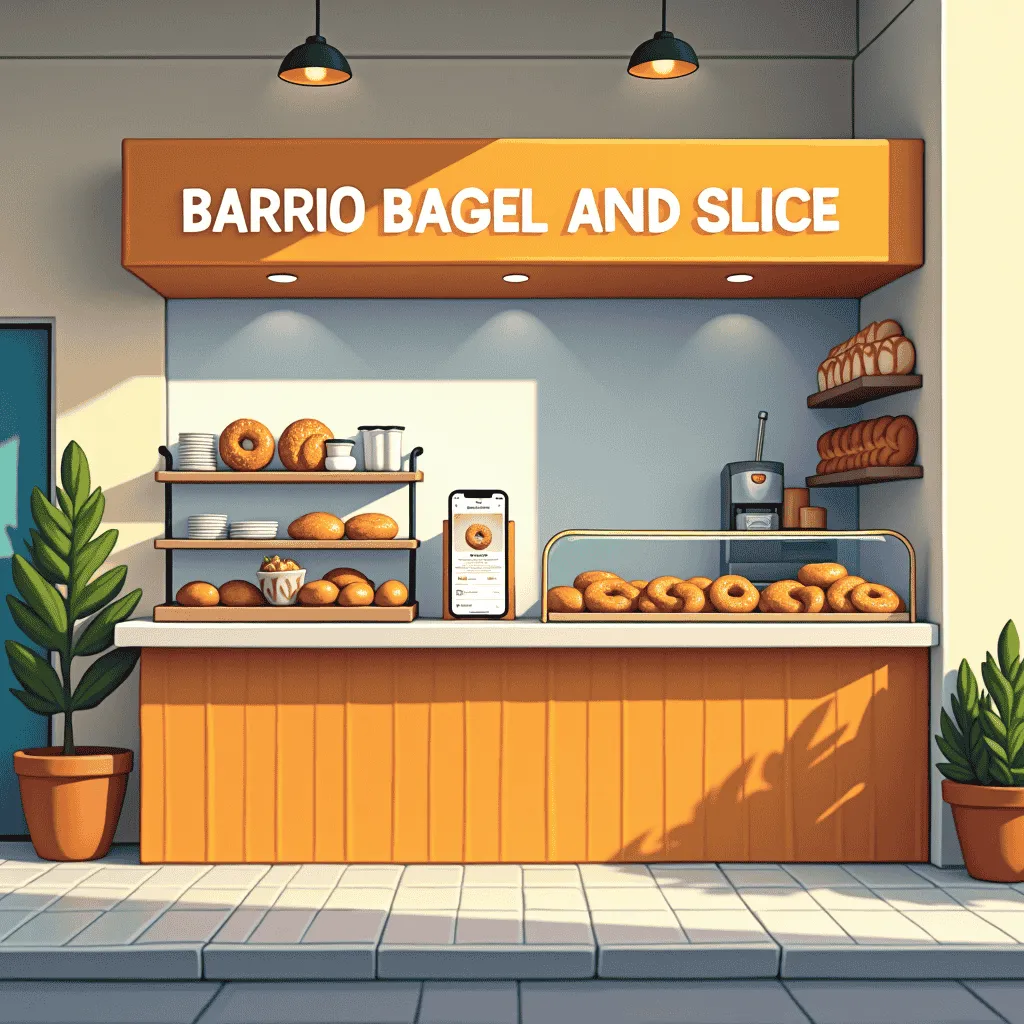

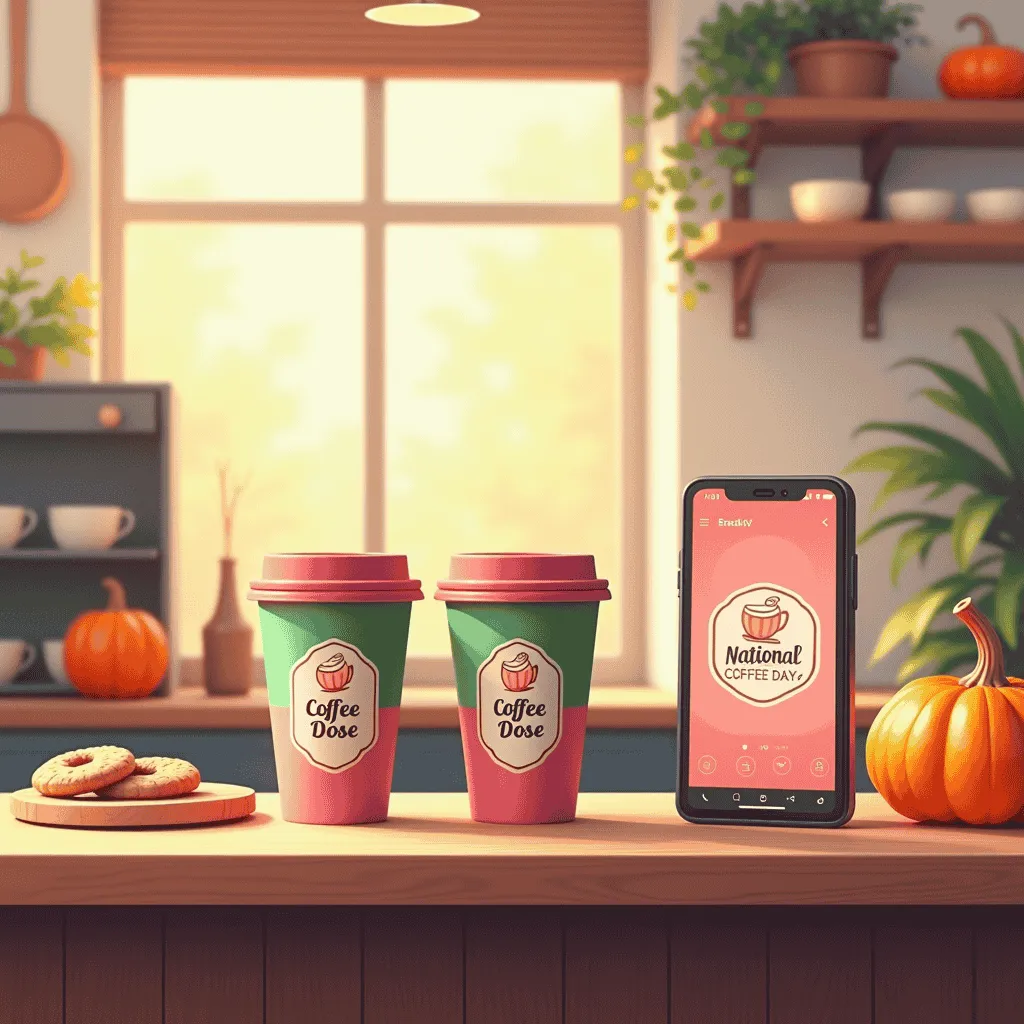
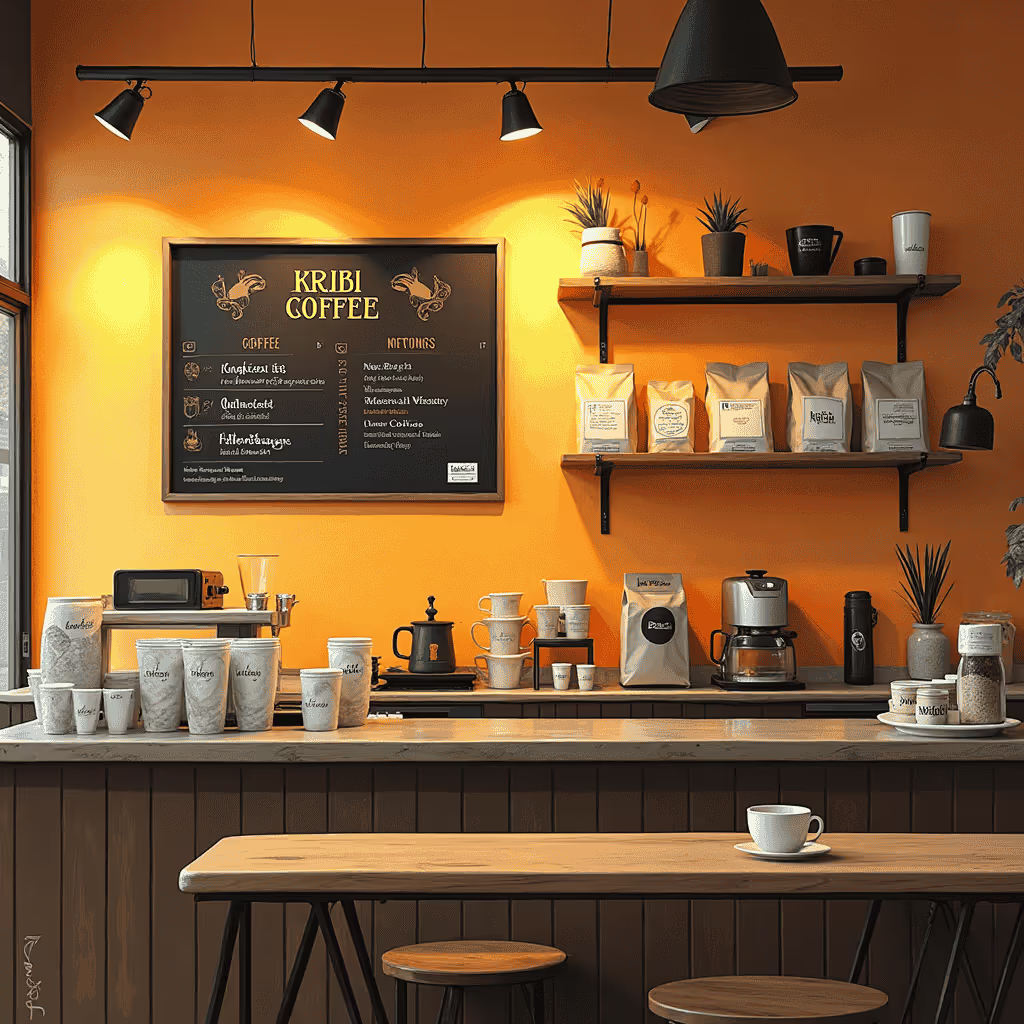
.avif)
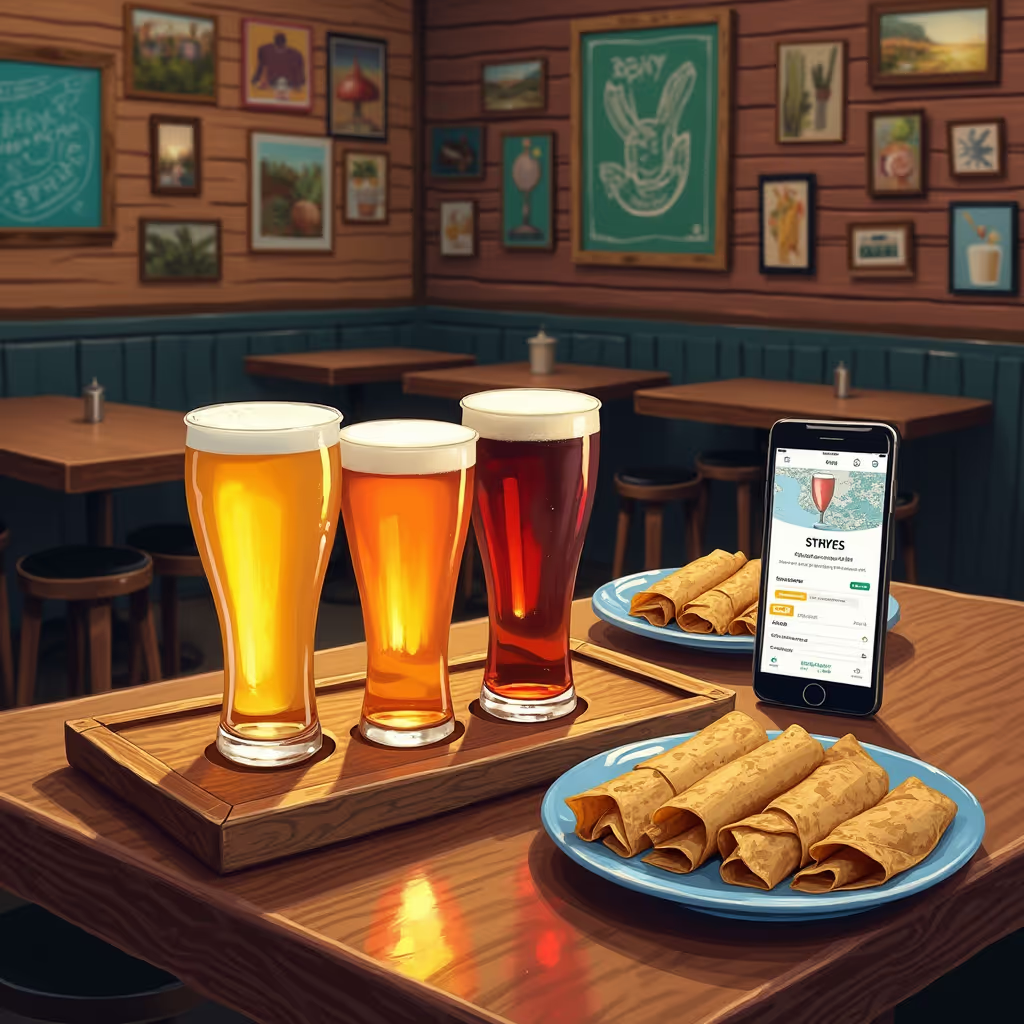
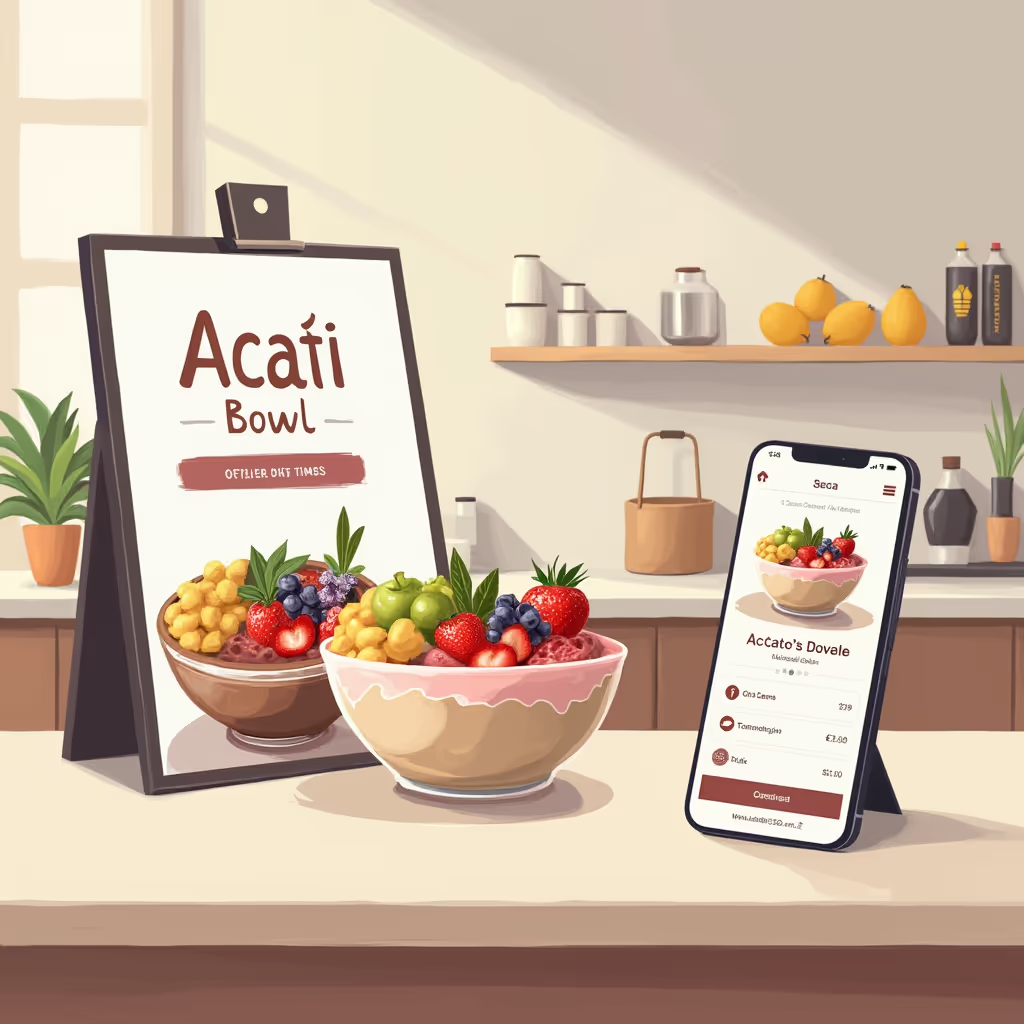
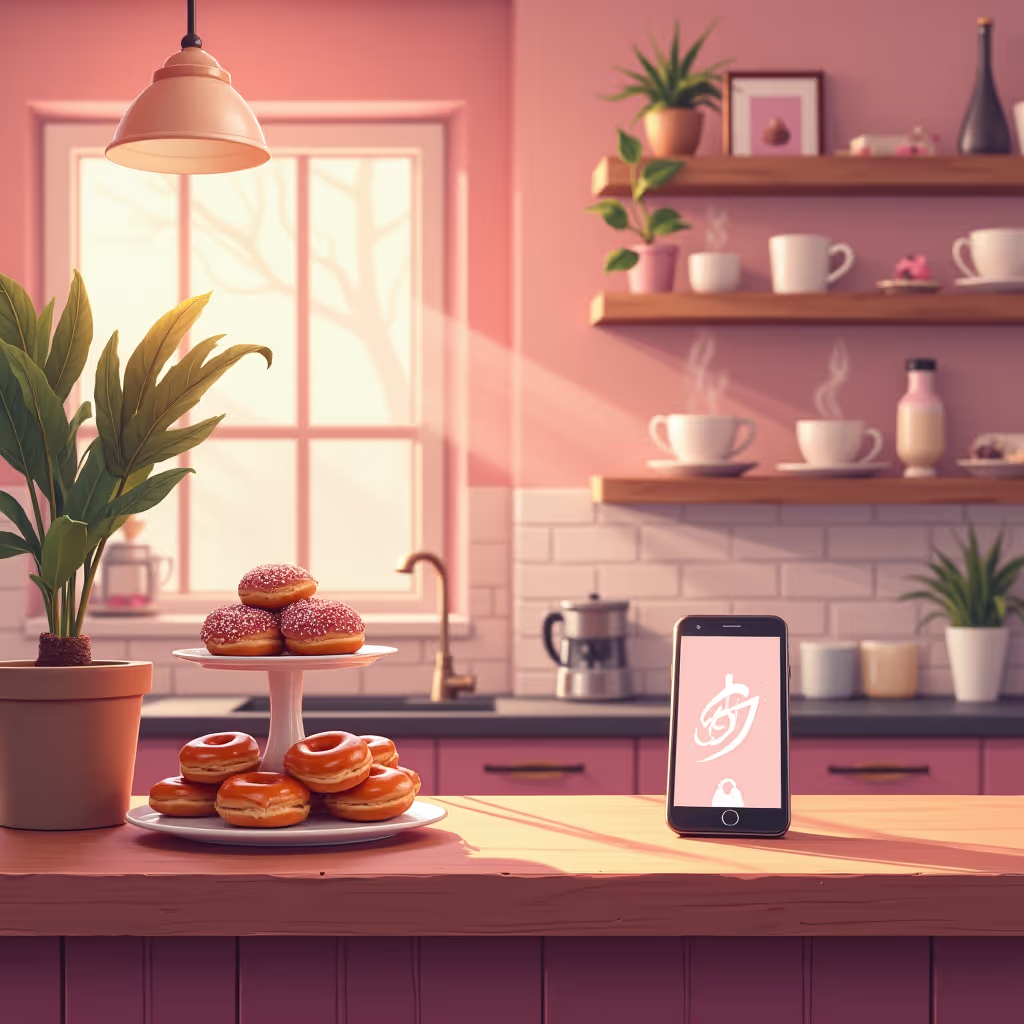
.avif)
.avif)
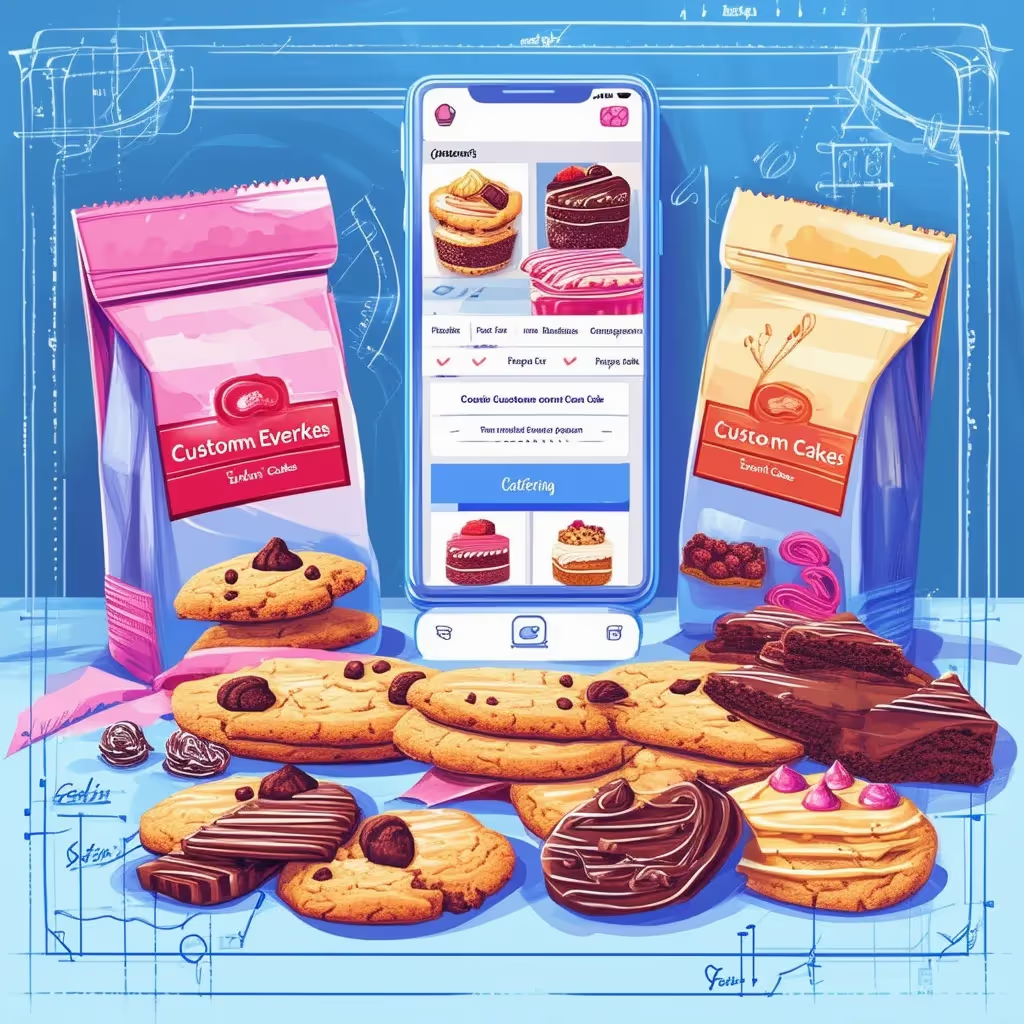
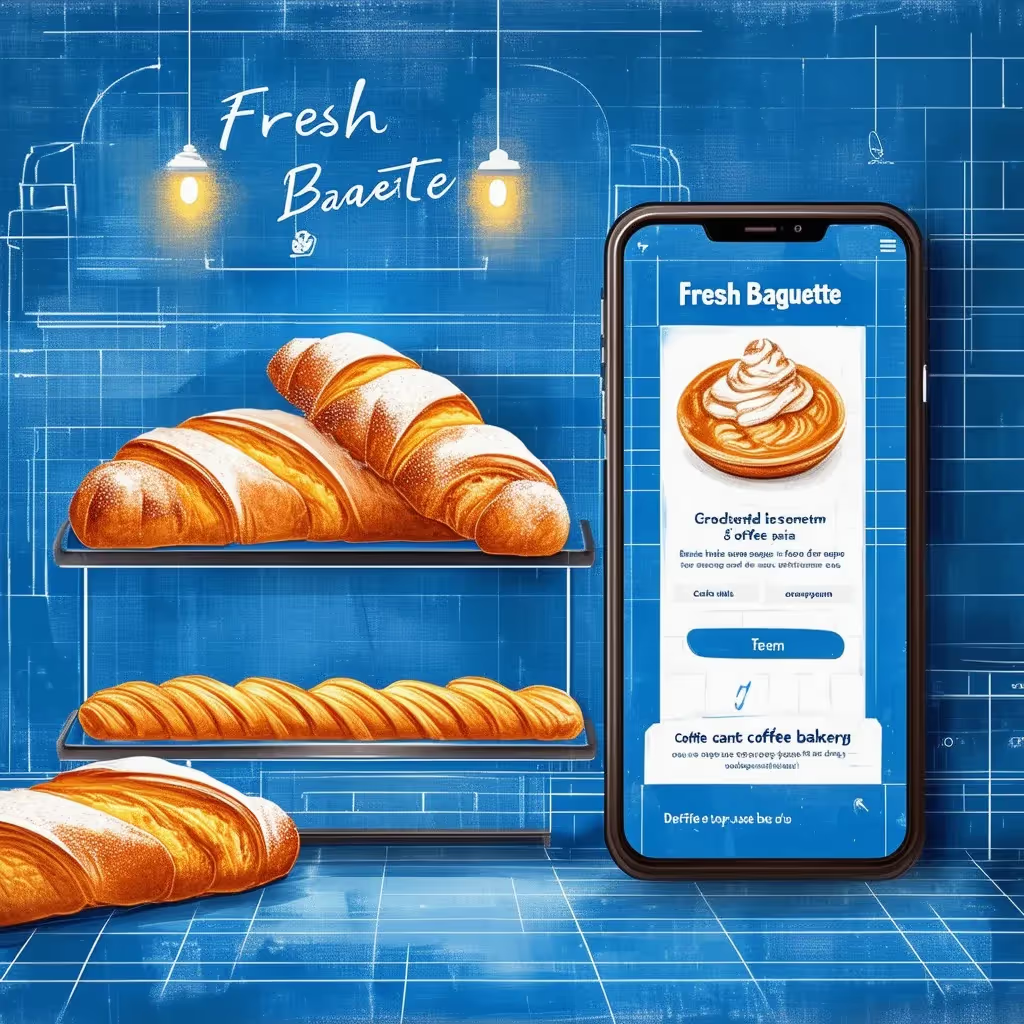
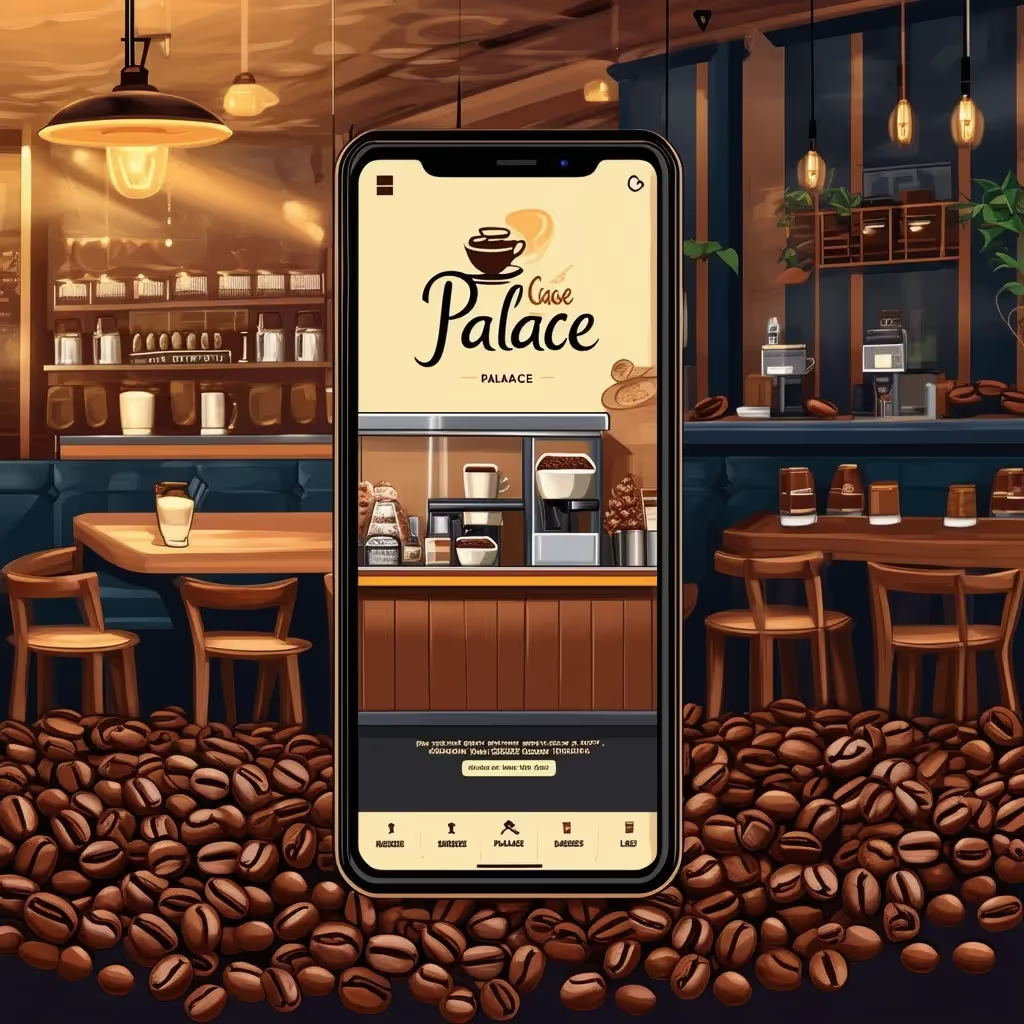

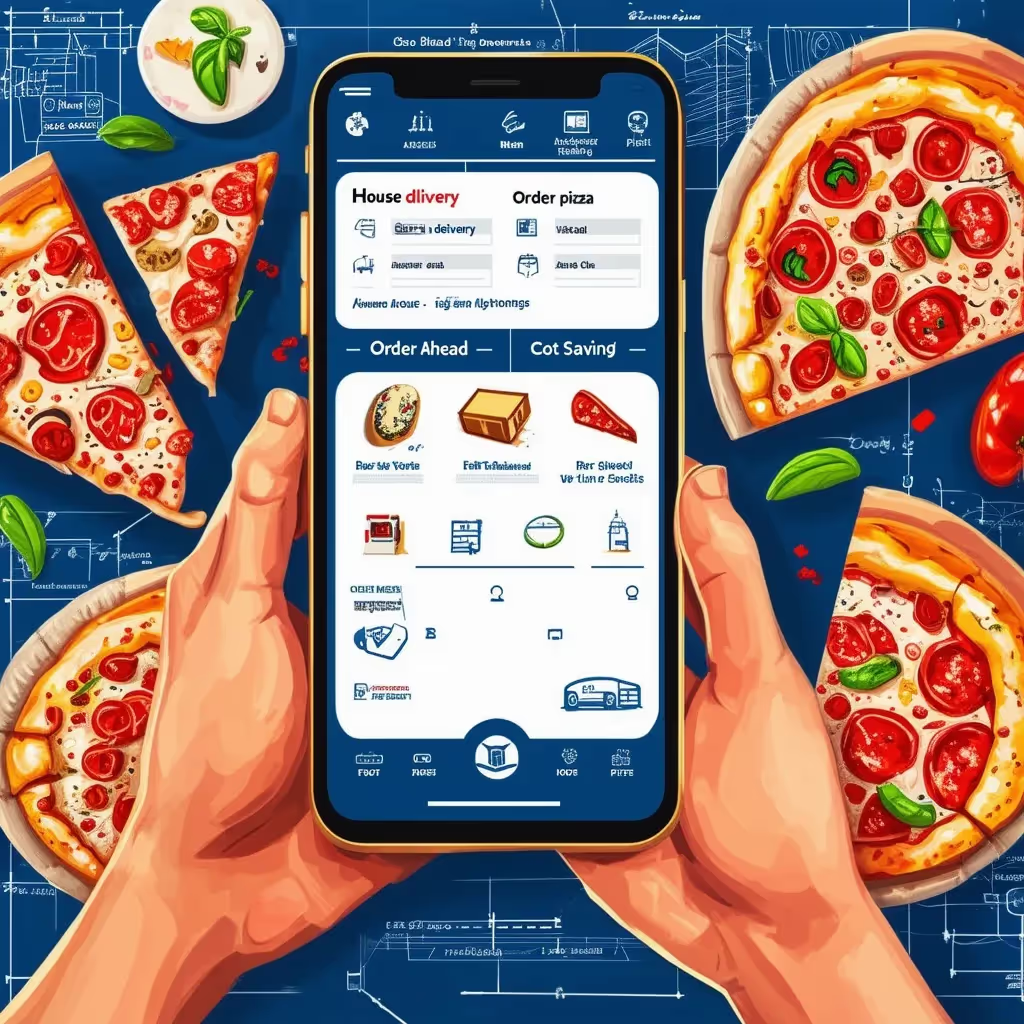



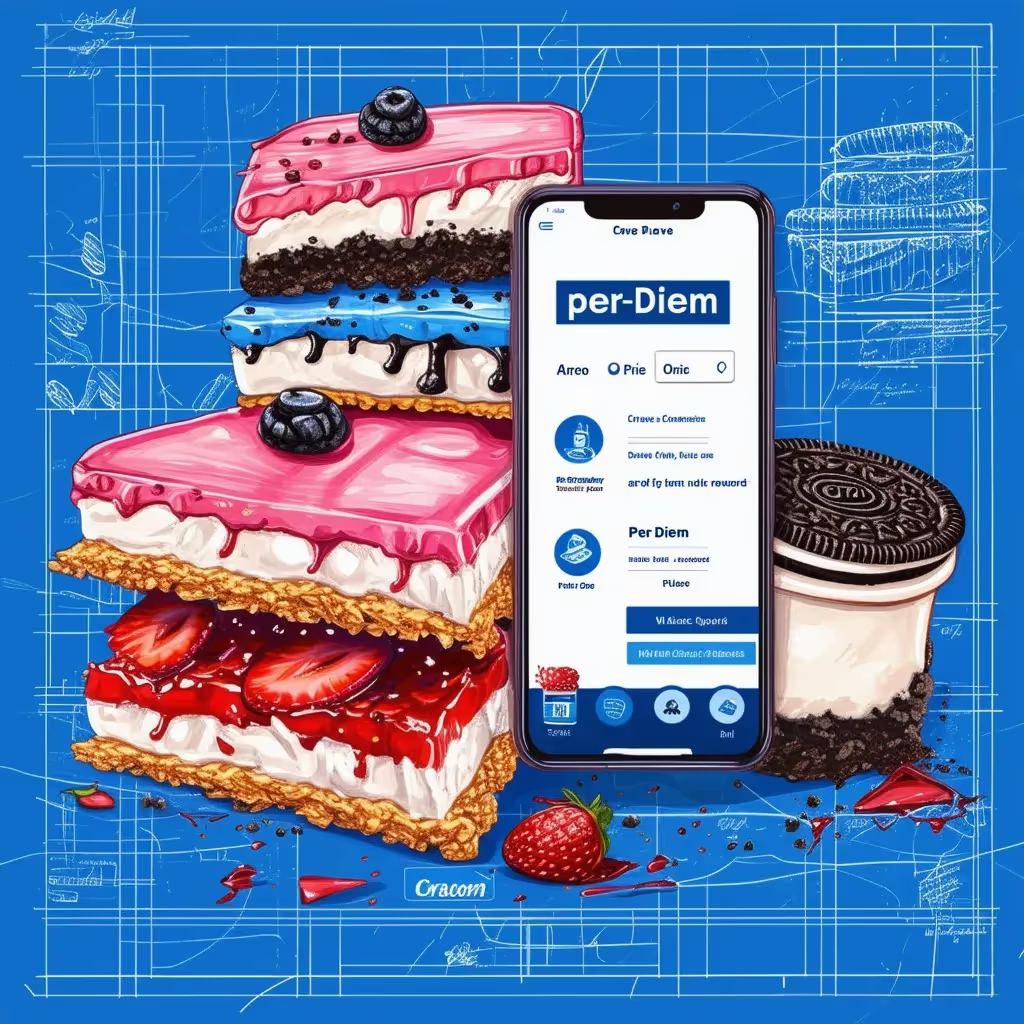
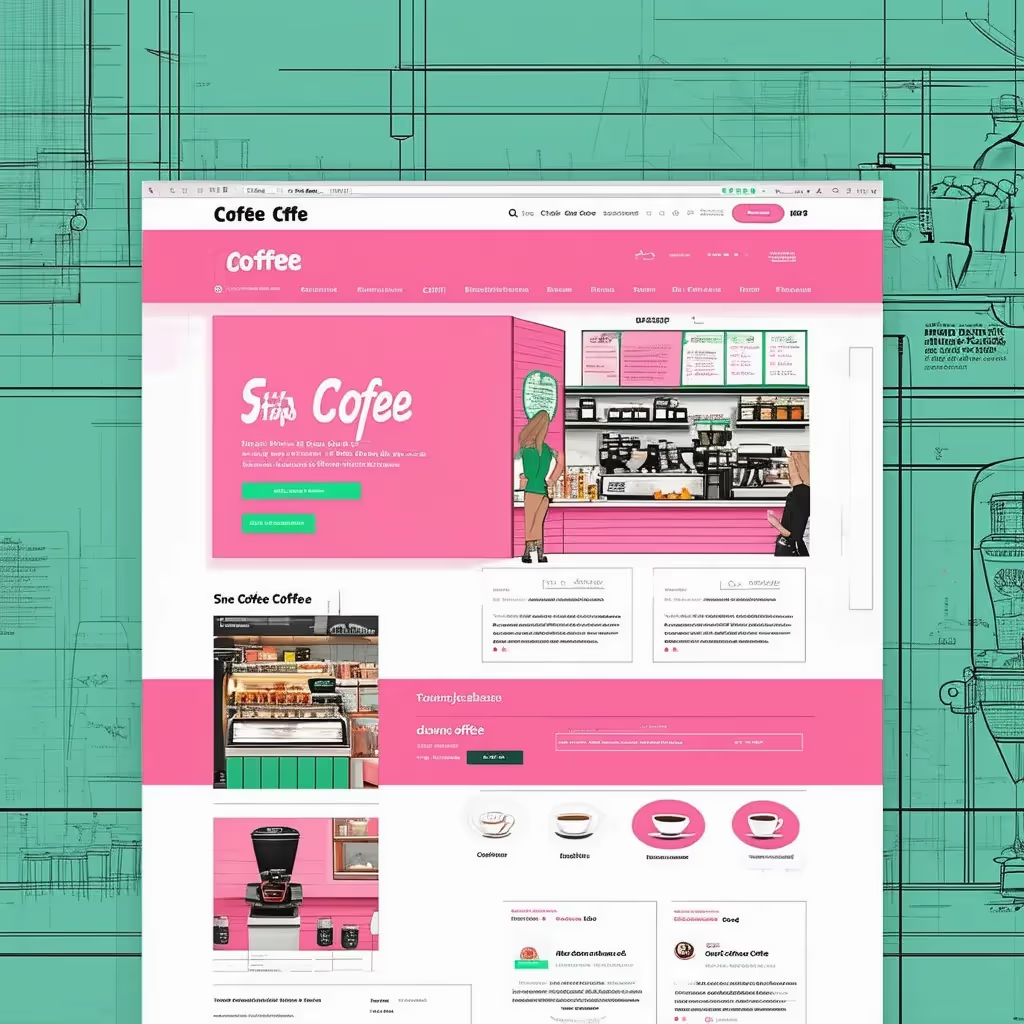
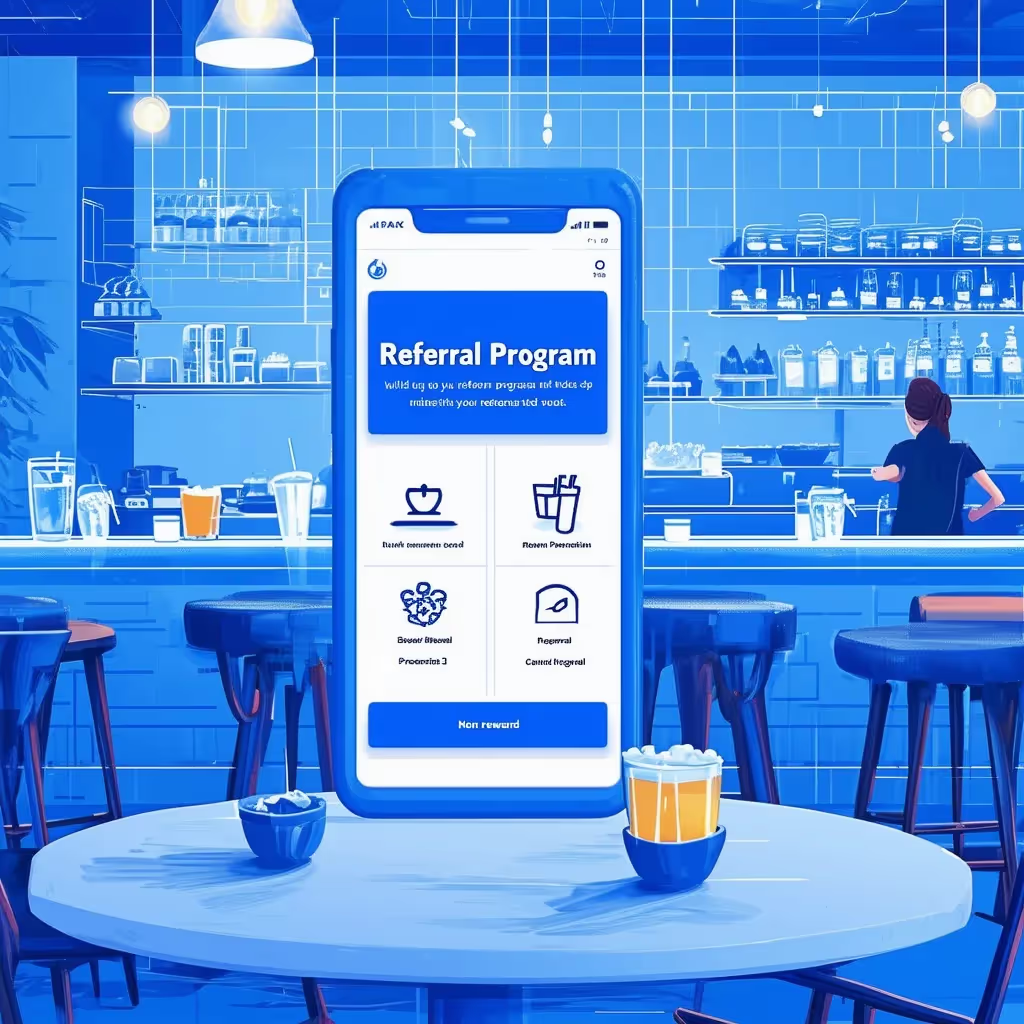





.avif)




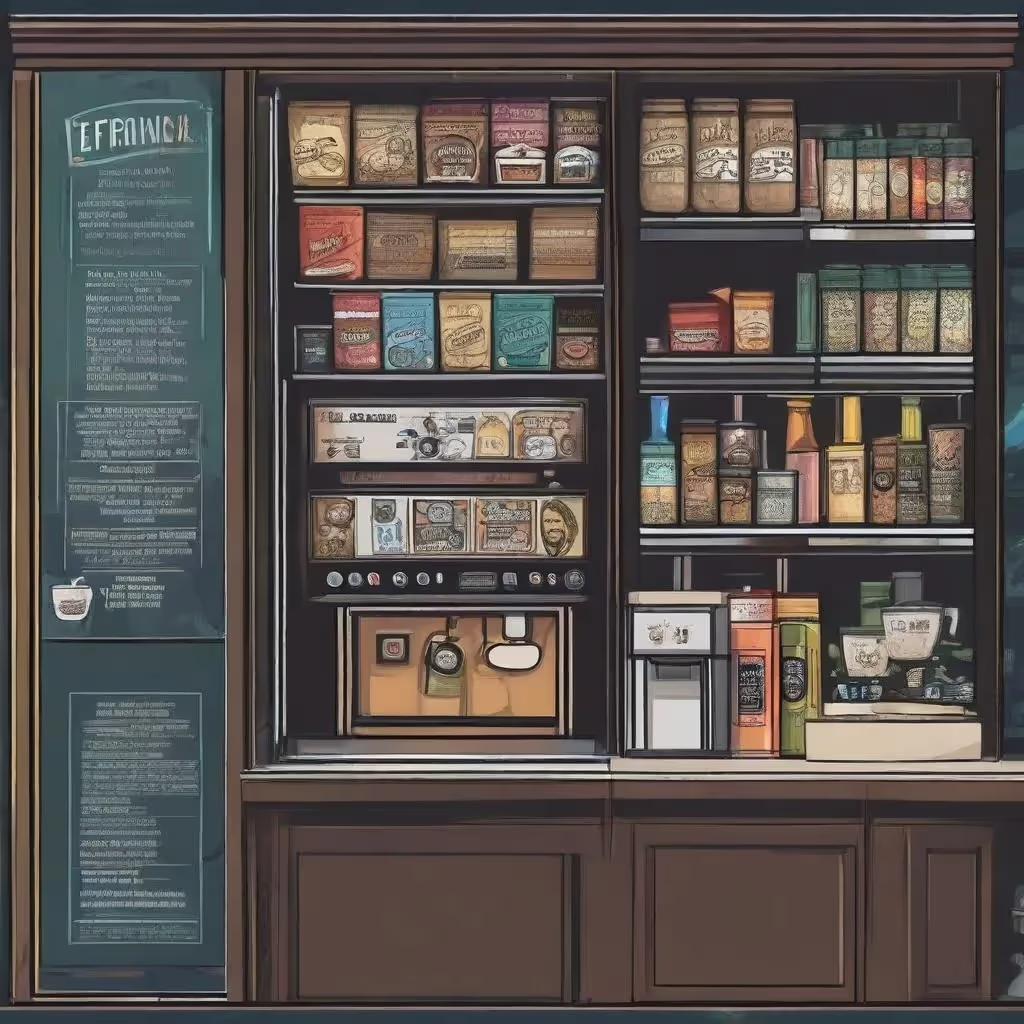
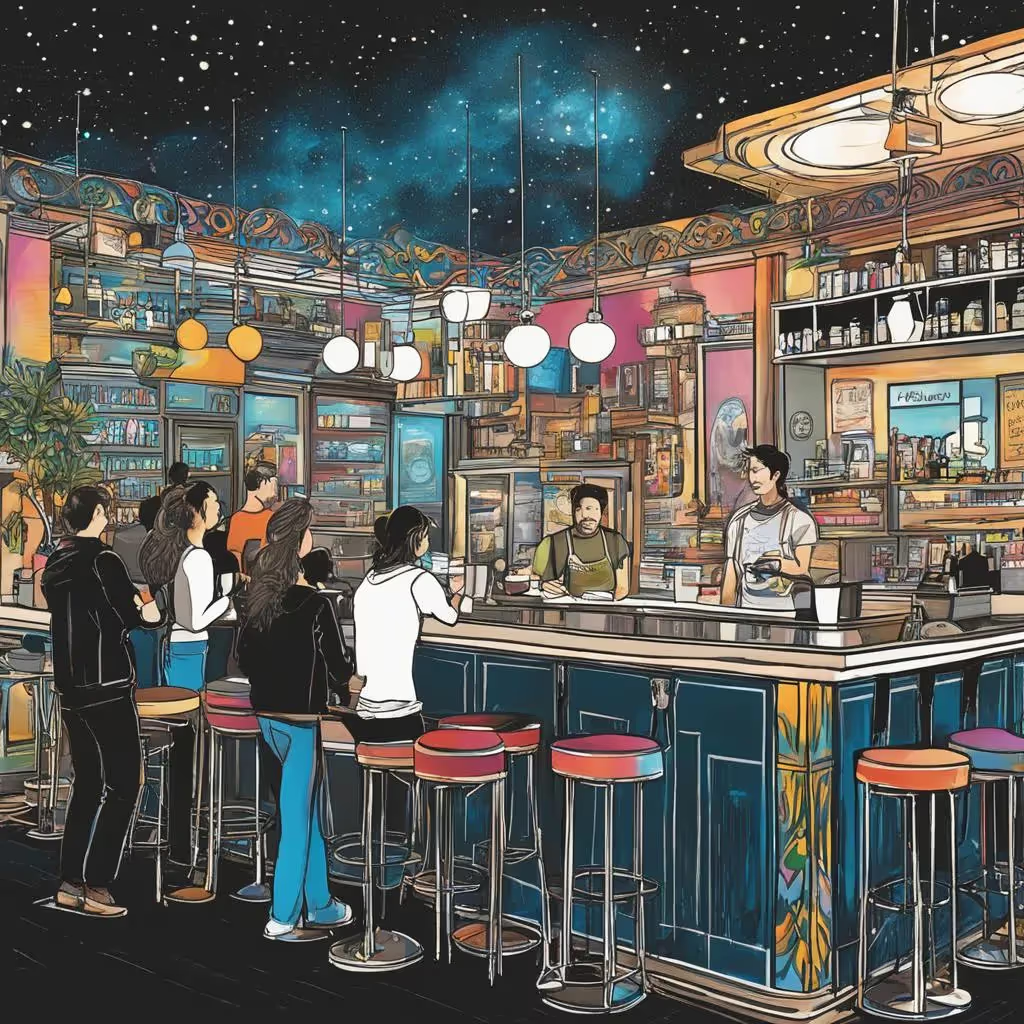


.avif)
